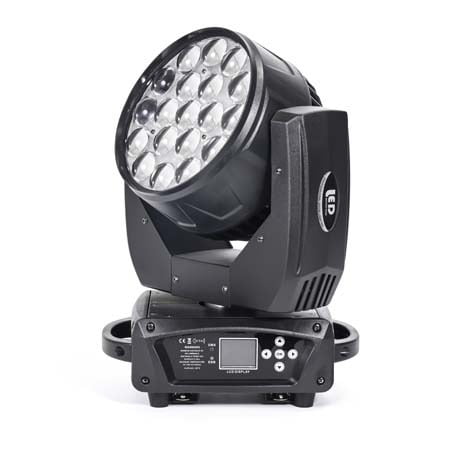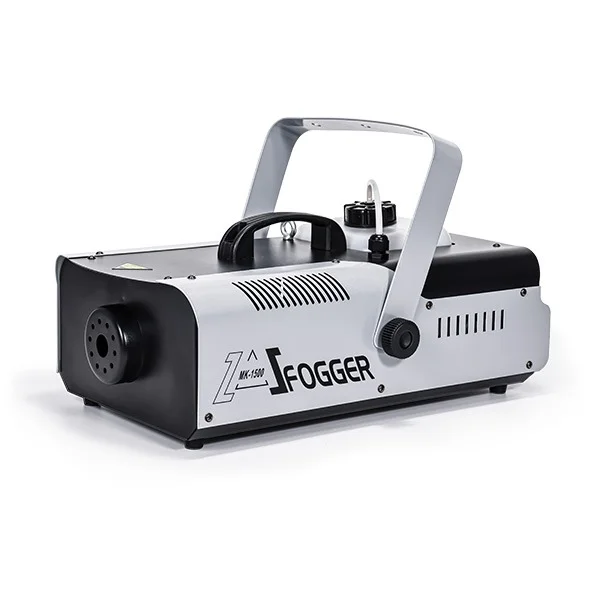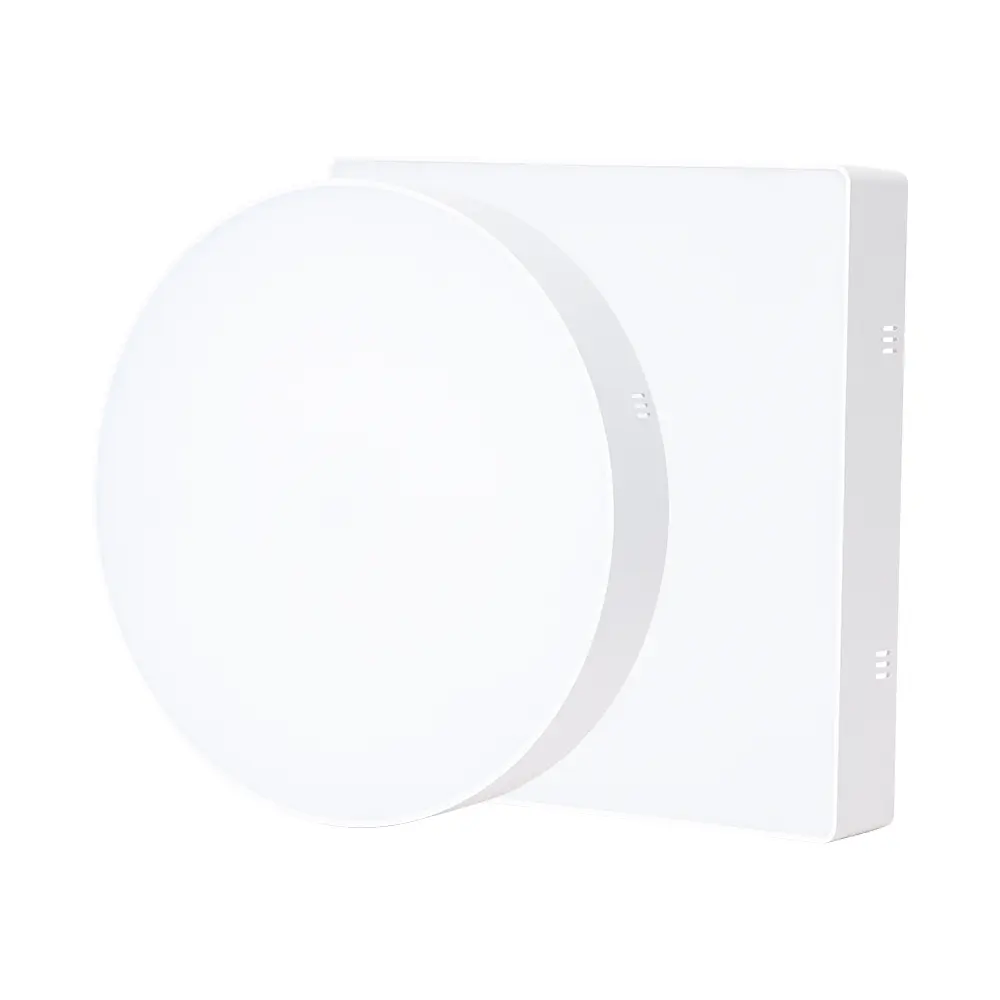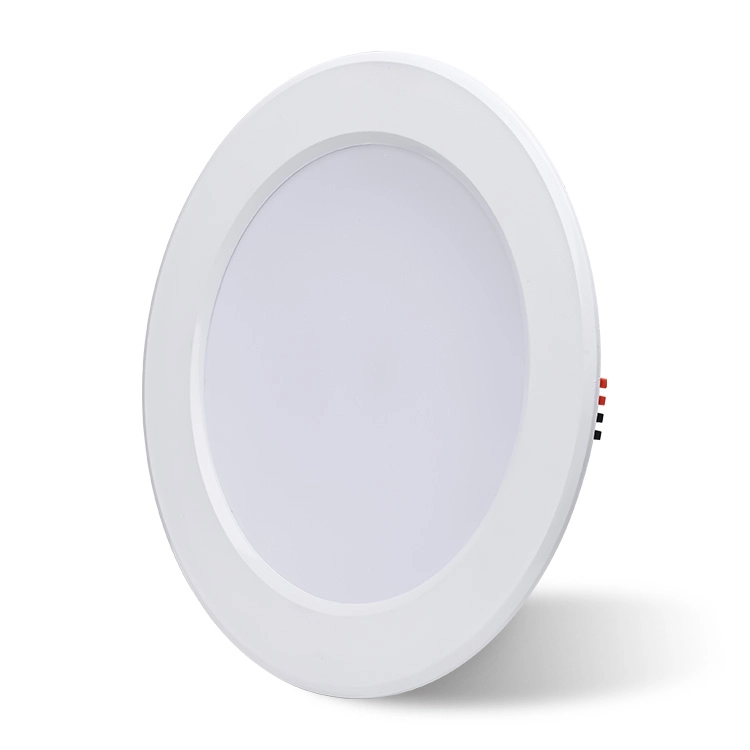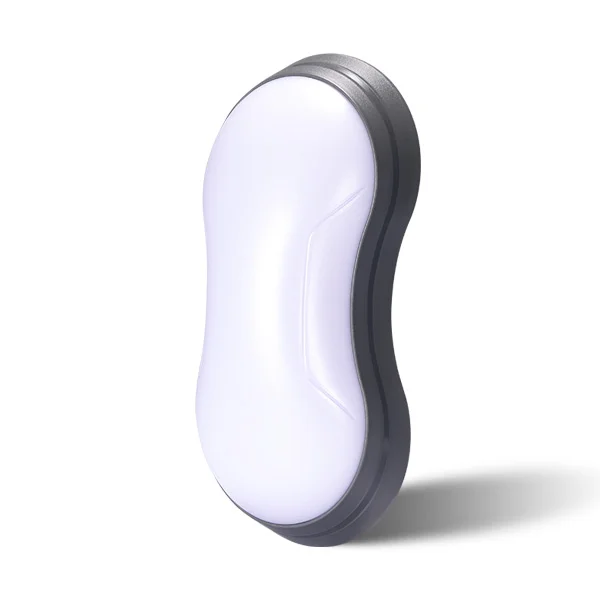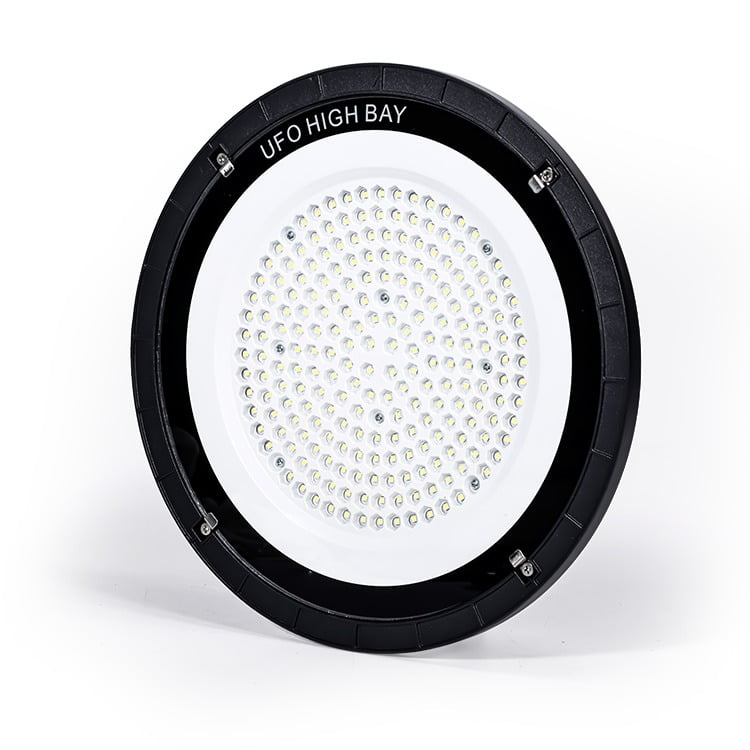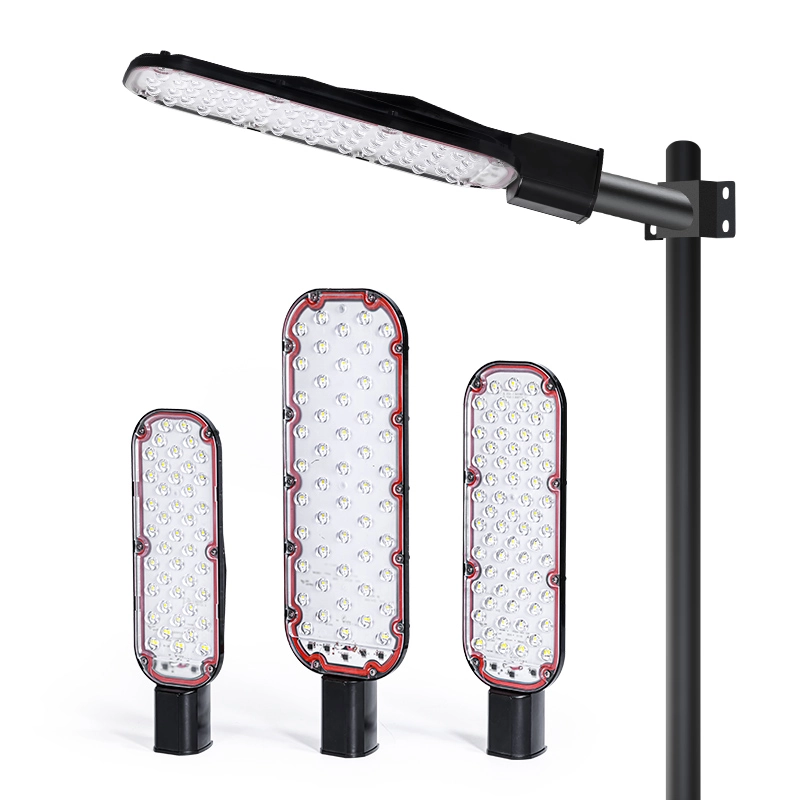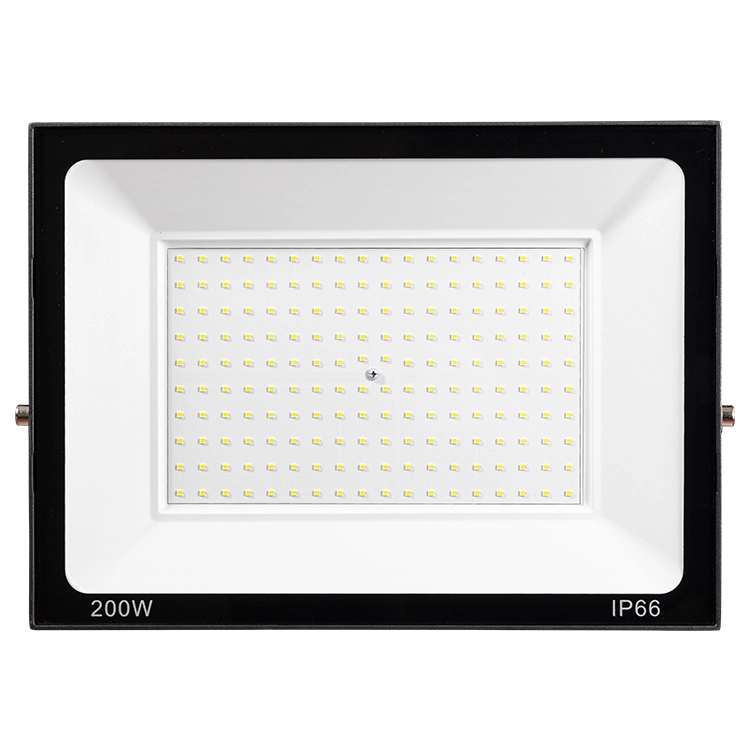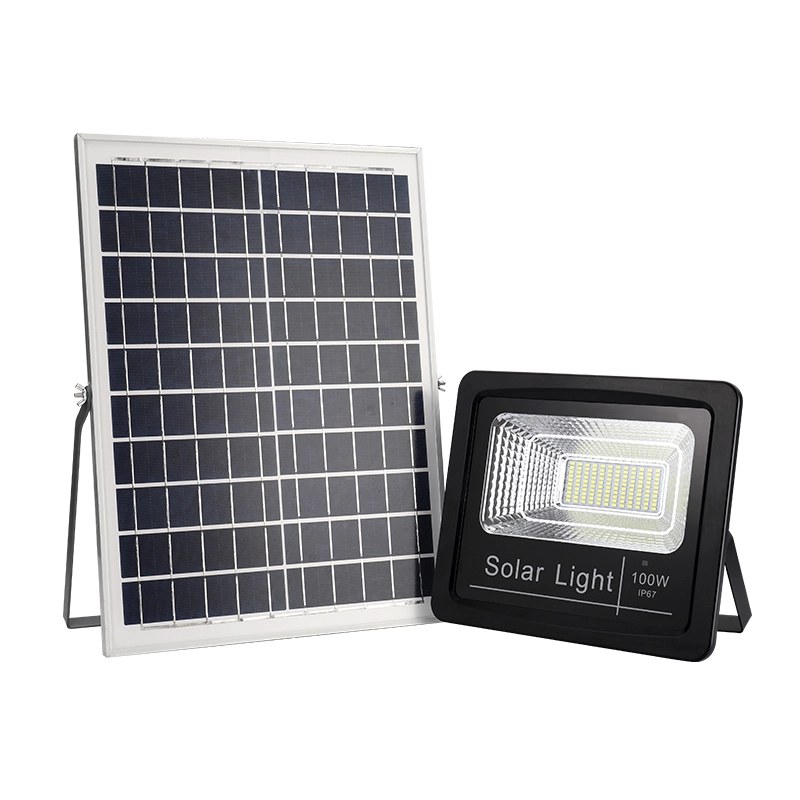A well-planned stage setup can make or break your event. Whether you’re managing a concert, corporate show, or outdoor performance, the right lighting, audio, and structure ensure your audience experiences the event just as intended. Below are five crucial tips that guide you through every step of effective stage design.
1. Understand the Event Type and Venue Limitations
Every event has unique requirements. For instance, a conference presentation demands different lighting intensity and angles than a live DJ show. Consider:
Indoor vs Outdoor: Outdoor setups need weatherproof equipment and greater throw distance for lighting.
Ceiling Height: A low ceiling may limit the use of beam lights or tall truss structures.
Audience Capacity: Larger crowds require wider light coverage and stronger sound output.
2. Prioritize Power Distribution and Cable Management
Ensure power sources are sufficient to handle high-wattage lighting and sound systems. Tips include:
Use DMX cables for reliable signal transmission.
Designate a clean cable path to avoid tripping hazards.
Separate power and signal lines to prevent interference.
3. Design with Lighting Zones in Mind
Break your stage into distinct lighting zones:
Front Light: Illuminates the performer’s face.
Back Light: Adds depth and silhouette.
Side Light: Enhances movement and dimension.
Top Light: Creates mood and fills shadows.
Each zone should serve a specific purpose depending on the event theme and performer placement.
4. Incorporate Visual Effects Strategically
Don’t overuse moving heads or strobe lights. Instead, choose effects that enhance—not distract. Examples include:
Beam lights to direct focus or sync with beat drops in concerts.
Wash lights to fill the background with ambient color.
Gobo projections for branding or mood patterns.
5. Rehearse and Adjust Before Show Time
Always run a full tech rehearsal. This allows you to:
Check DMX channel assignments.
Adjust brightness and angles for live conditions.
Coordinate lighting cues with sound and stage movement.
This is critical to avoid show-stopping surprises.
Recommended Stage Lighting Fixtures
PAR Light
PAR light is essential for providing consistent area lighting. With beam angles ranging from 15° to 60°, it’s widely used in side wash or top fill across concerts and exhibitions.
Moving Head Beam Light
Moving head beam lights offer high-intensity narrow beams, perfect for dynamic effects in concerts, clubs, or large-scale productions.
LED Wash Light
LED wash lights deliver even color coverage, ideal for backdrop illumination or stage washing in theatrical shows and corporate events.
Strobe Light
Strobe lights are used to create pulsing effects, frequently used in music festivals and energetic performances.
Gobo Projector

Gobo projectors allow you to display custom logos or patterns on stage floors, walls, or backdrops.
Suggested Lighting Configurations by Event Type
| Event Type | Suggested Lighting |
|---|---|
| Live Concert | Moving Heads, Beam Lights, Strobes |
| Corporate Presentation | LED PARs, Gobo Projector, Fresnels |
| Wedding Reception | LED Wash, PAR Light, Gobo Projector |
| DJ Stage | Moving Head Beam, Strobe, Lasers |
| Theater Performance | Fresnel Spot, Ellipsoidal, Top Light |
Common Stage Terminology Explained
DMX512: Digital Multiplex protocol for controlling stage lighting.
Truss: Metal framework used for mounting lights and speakers.
Gobo: A stencil inserted into lights to project patterns.
Lux: Unit of illumination per square meter.
Hook Clamp: Mounting hardware used to fix lights on trusses.
FAQs
Q1: How much lighting do I need for a small stage?
A small indoor stage typically requires 4–6 LED PARs and 2–4 wash lights for even coverage.
Q2: Can I use the same setup for indoor and outdoor events?
Not always. Outdoor stages require waterproof equipment and higher lumen output for visibility.
Q3: What is the easiest lighting control system for beginners?
A basic DMX512 console with pre-set scenes is a good starting point for easy control.
Final Thoughts
Setting up a professional stage requires balancing function and visual impact. By understanding your venue, choosing the right equipment, and planning lighting zones, you’ll create an unforgettable experience. Need help selecting gear? Contact our team for tailored advice.


